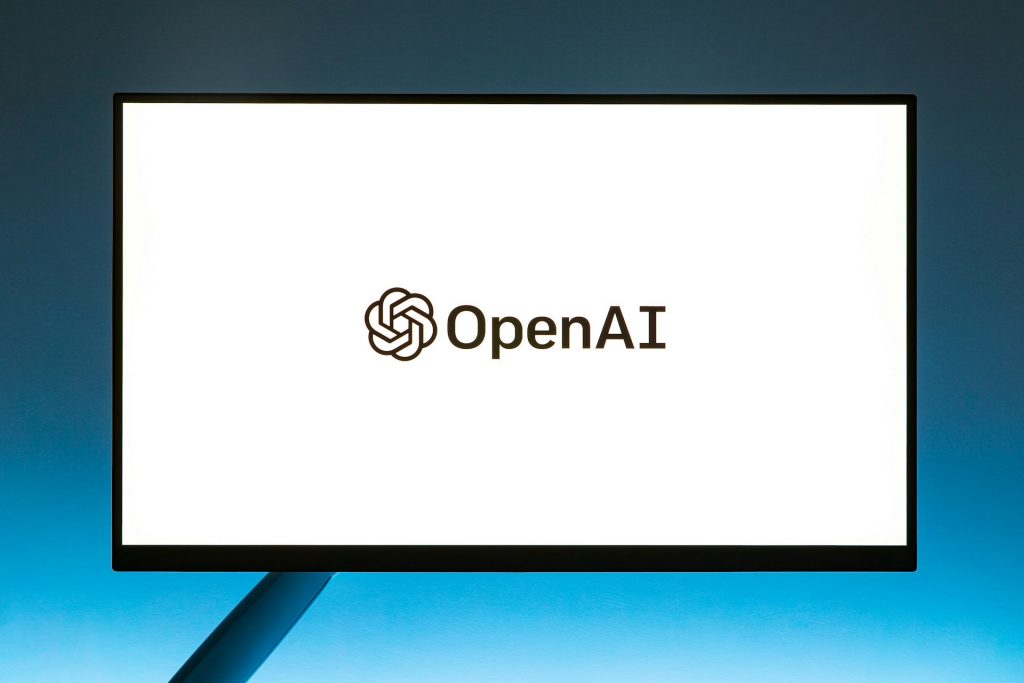Elon Musk has made good on his promise. The magnate had vowed to openly release Grok, his AI model and chatbot. Before the deadline he set himself, the code for this open-source model was made public on GitHub this Sunday. Researchers and developers will be able to use it, some for free, in response to his main rivals like Google and OpenAI, which have adopted a more closed stance.
This release comes shortly after Musk filed a lawsuit against OpenAI, the company he helped found and now accuses of abandoning its open-source principle. Musk charges Altman’s company with prioritizing profits over the benefit of humanity.
Launching an open-source code means providing more working material for developers and researchers. Until now, this international community relied on two other major models like Mixtral, from the French company Mistral AI, and Meta’s Llama 2. In return, the research and development usage of Grok may help xAI refine the quality of this artificial intelligence, which is said to respond more sarcastically than ChatGPT.
Unlike these models, Grok-1’s main quality is its size; it is a 324B model, meaning it has 314 billion parameters. Llama 2, for example, has 65 billion parameters, four times smaller than Grok.
Parameters, on paper, represent an advantage when training natural language models. The more there are, the better the chatbot should theoretically respond, although other factors play a role. Only usage will determine if its responses are better than those of its rivals.
However, transparency has not been applied to another key detail in the creation of artificial intelligence models, the source of the data used to train the model. OpenAI, for example, faces lawsuits from media outlets for using their articles to train models without permission.
Usage Fee
Through GitHub, a massive file of 296.38 GB can be downloaded to run this model locally on a computer and analyze it. xAI has released it under an Apache 2.0 license that allows for commercial use.
Though the essence is open-source for research, Musk’s company has set a fee for commercial use of the model. Developers wanting to use it in powerful tools must pay a commission. The limit has been set at 700 million daily users, just as Meta did with Llama 2.
When Grok was first introduced, the only condition for access was to be a subscriber of X, the social network Musk bought when it was known as Twitter. With the blue tick of payment, it was possible to explore the linguistic capabilities of this chatbot, theoretically more irreverent than its censored rivals like ChatGPT or Gemini.
